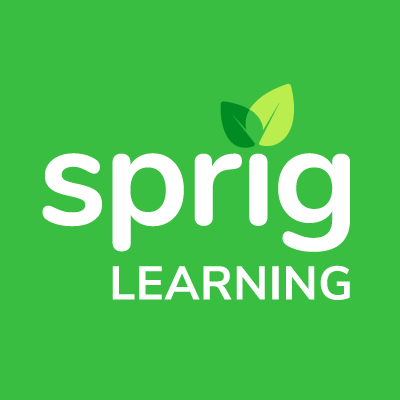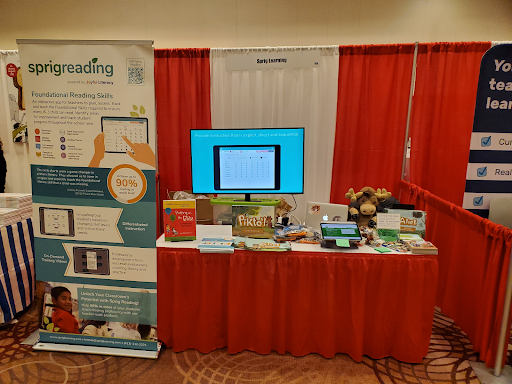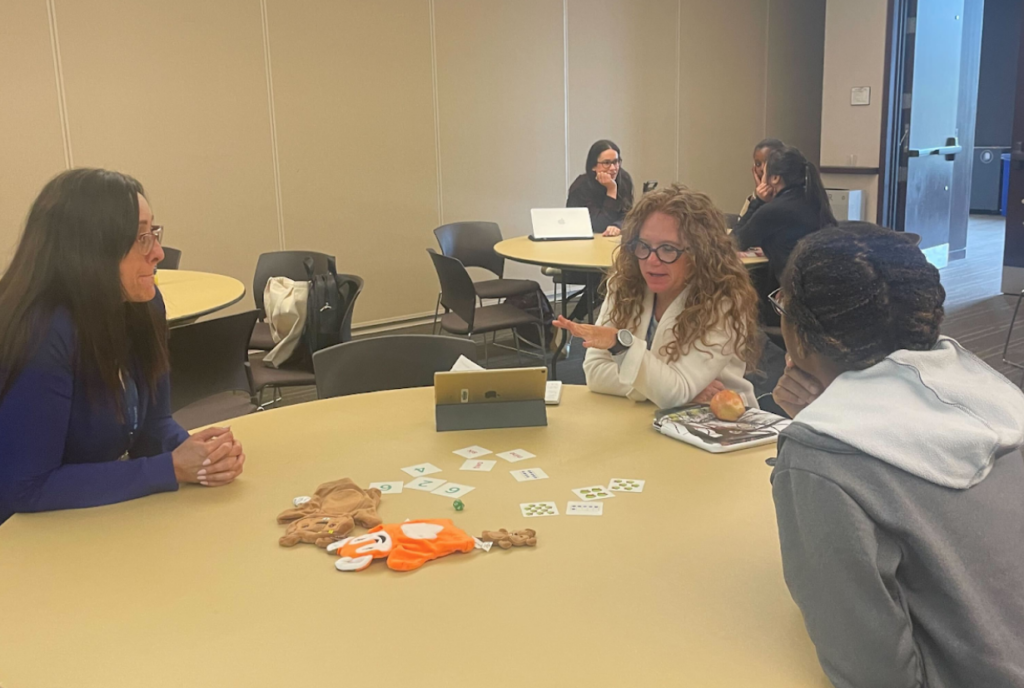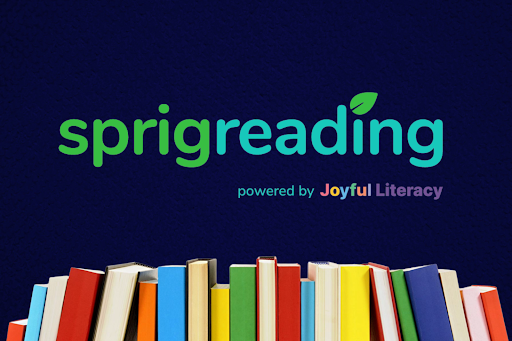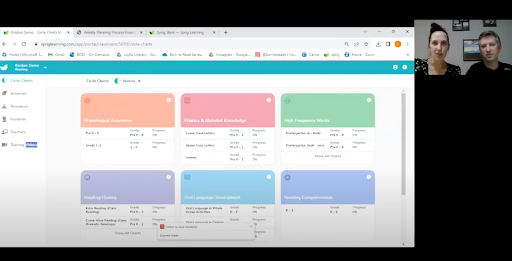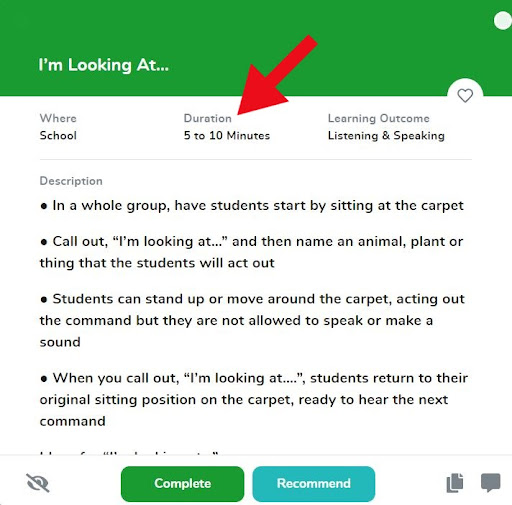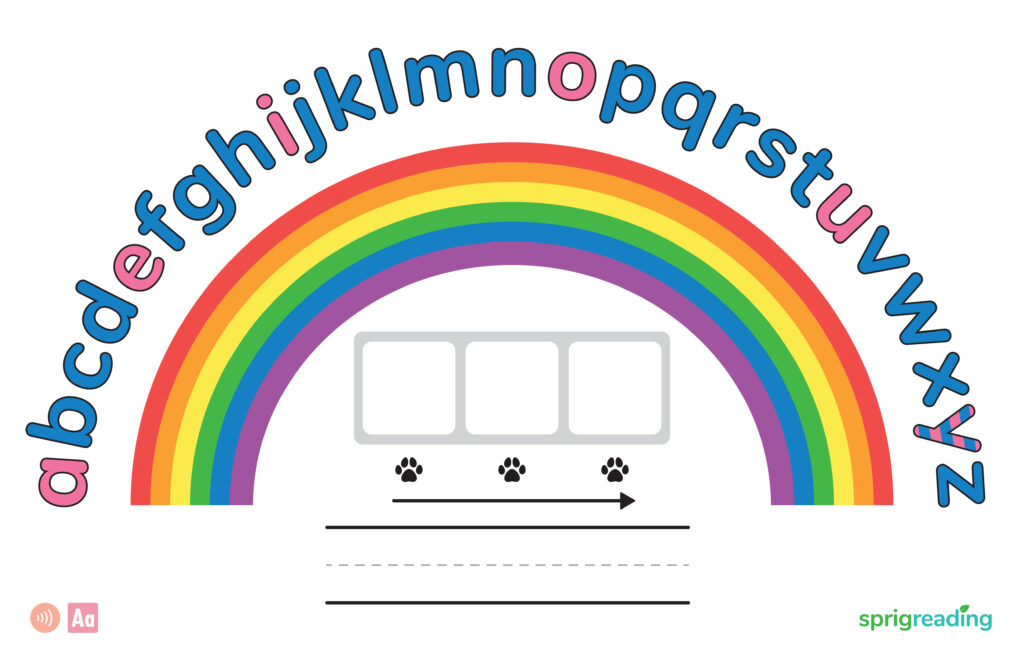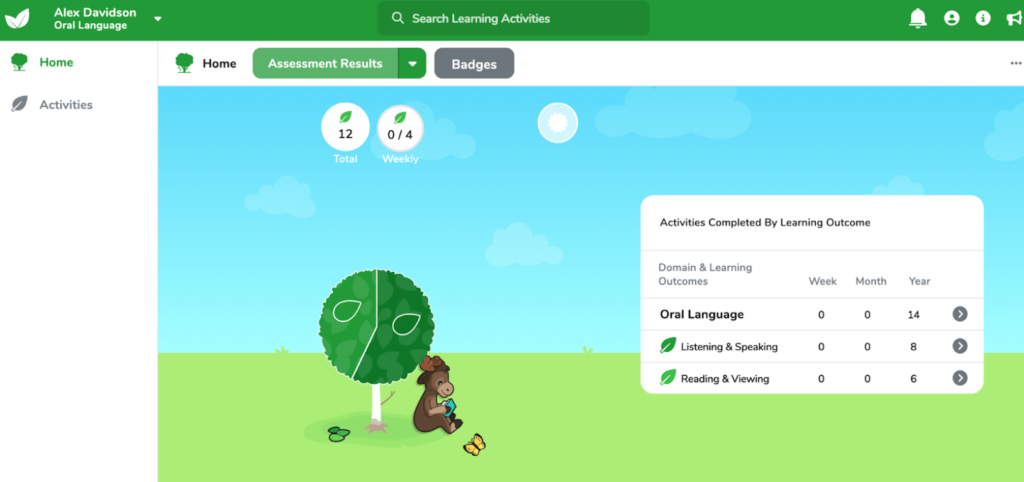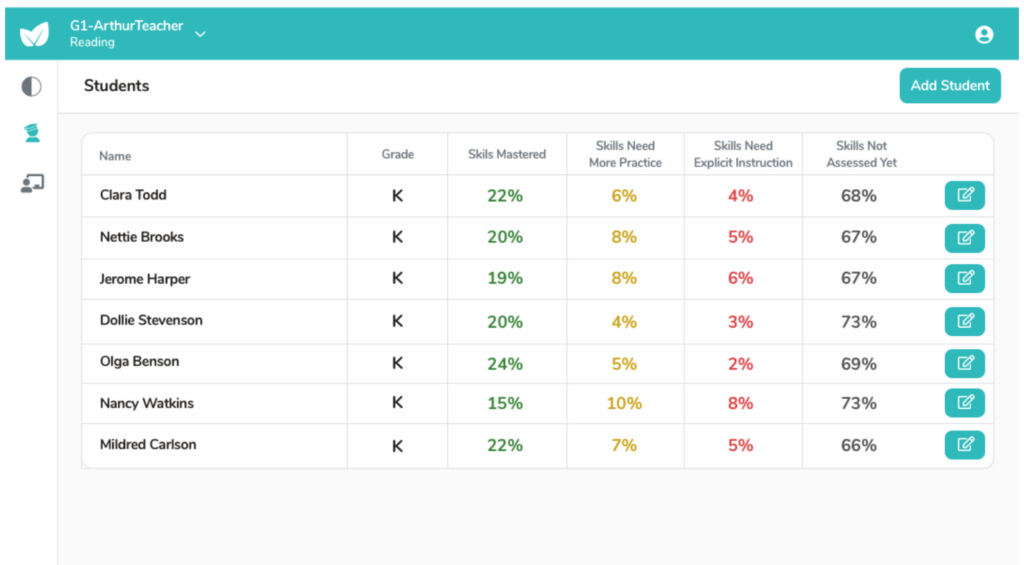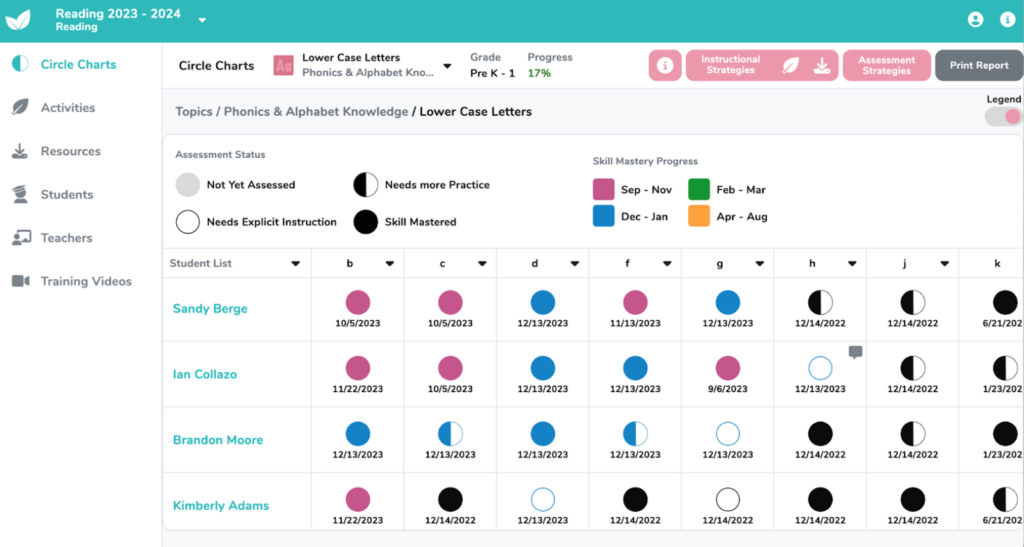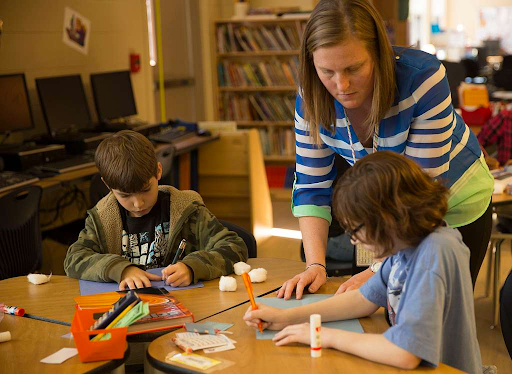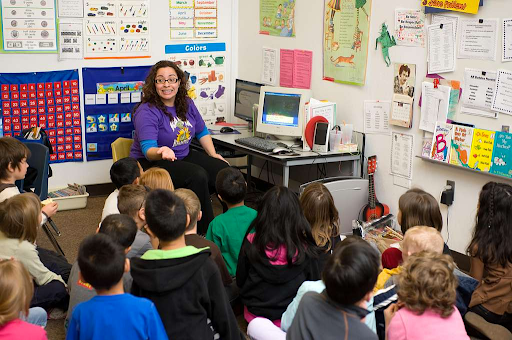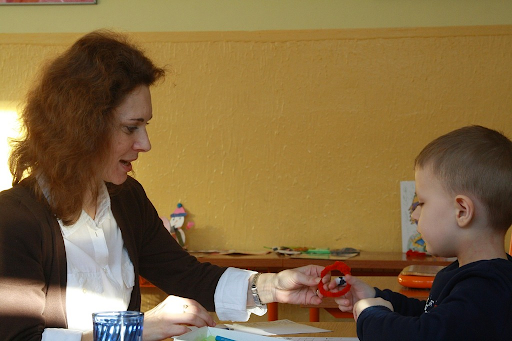11 Common Situations in Early Literacy Leadership and How to Respond
Navigating early literacy leadership challenges in pre-kindergarten, kindergarten, and early elementary grades can be complex. As students embark on their educational journey, success in these formative years hinges on various factors.
While situational challenges may arise, the reassurance comes from insightful case studies that shed light on similar scenarios and effective responses.
This article covers 11 common situations, drawing from valuable knowledge shared in previous Sprig blogs.
Explore a wealth of information covering a spectrum of topics, all neatly compiled in this article.
If you seek greater context for specific situations or a broader understanding of the early literacy dynamics at play, the referenced blogs provide in-depth insights.
Let’s look at each situation, followed by a response recommendation.
Situation 1: Large Number of New Students Requiring Continuous Assessments and Additional Support

The situation at Cornell Elementary School in Des Moines, Iowa, posed a formidable challenge due to the continuous need for accurate assessment of new students who might necessitate additional support.
This challenge is particularly tough because it demands a reliable and efficient system to promptly identify and address the diverse learning needs of each incoming student.
How to Respond:
To address this challenge, Cornell Elementary School implemented a three-tiered responsiveness-to-intervention model.
Kindergarteners’ initial sound fluency and phoneme segmentation fluency, as well as Grade 1 students’ nonsense word fluency and oral reading fluency, were assessed at different intervals. Students scoring below benchmark levels were then provided with tailored support.
This included more systematic instructional sequences, precisely targeted instruction at the right level, and increased opportunities for corrective feedback.
The school’s commitment to progress monitoring and personalized interventions led to its recognition by the United States Department of Education as an exemplary implementer of the responsiveness-to-intervention model.
Situation 2: Widening Gaps in Access and Achievement

Boston Public Schools (BPS) faced the challenge of addressing access and achievement gaps among students from diverse racial, ethnic, and socio-economic backgrounds.
How to Respond:
To overcome this challenge, BPS initiated a Pre-K to Grade 3 initiative. This program introduced a new curriculum emphasizing vocabulary development, differentiated instruction, and professional development for educators.
The early elementary grades saw the integration of developmentally appropriate instructional materials, including storytelling in preschool and student-centered instruction in grade 1.
By tailoring learning activities to match individual needs—utilizing visual aids, manipulatives, or smaller group settings—the initiative provided a more personalized learning experience.
The outcome was a noticeable improvement in students’ critical thinking and collaborative skills. The use of higher-level vocabulary and the early introduction of personalized education from pre-K to grade 1 contributed significantly to the observed positive outcomes.
Boston Public Schools’ commitment to high-quality early learning for all students, regardless of their background, successfully narrowed the achievement gap, promoting equity in education.
Situations 1 & 2 taken from:
High Performing School Improvement Plan. 3 Actual Cases from Early Learning.
Situation 3: Overly Program-Centric Budget

Many school districts face a common challenge during return on investment analysis, where the evaluation and comparison of various initiatives like professional development, technology investments (e.g., iPads), and after-school tutoring are undertaken. While this approach aids budgetary decisions, it falls short in directly addressing academic returns.
How to Respond:
To address this issue, ER Strategies (ERS), a Massachusetts-based non-profit partner to numerous school systems, advocates for a student-centered viewpoint. Instead of comparing programs, they recommend asking, “which resources will meet this need” rather than “which program is better.”
This student-focused approach involves identifying the core need, particularly relevant in the context of early literacy to improve proficiency scores in language and math.
ERS emphasizes a system-wide perspective that transcends departmental boundaries.
By concentrating on improving early literacy performance and understanding its associated cost drivers, districts can formulate cost-efficient solutions.This approach ensures a more targeted and impactful allocation of resources for educational initiatives.
Situation 3 taken from:
Early Literacy Academic Return on Investment For Schools
Situation 4: Teachers Not Having Adequate Resource And/or Personnel Support

The primary challenge here is the overwhelming workload faced by primary school teachers in managing various tasks, leaving limited time and resources for effective literacy instruction. Without sufficient support, teachers may struggle to provide a comprehensive and individualized educational experience for struggling readers.
How to Respond:
Literacy specialists and literacy coaches play a pivotal role in mitigating this challenge. By collaborating with teachers, literacy coaches contribute to a more well-rounded educational experience for striving readers.
The impact of literacy coaches is highlighted through examples from a research paper in a large urban school district. The coaches enhance teachers’ efficacy in literacy instruction by addressing specific areas, such as utilizing students’ oral reading mistakes as teaching opportunities, employing diverse reading assessment strategies, offering targeted feedback during oral reading, and providing opportunities for applying prior knowledge to reading tasks.
The greatest gain observed when working with a literacy coach is the ability to match differentiated reading materials accurately to students’ levels. This tailored support ensures that students receive materials appropriate for their individual needs.
Also, there is great value in a robust platform supported by learning resources to guide teachers. Such technology tools help the teacher become more efficient without necessarily hiring other specialist positions, even though having more such positions in an early literacy team is always desirable.
Situation 5: Lack of Mechanisms to Track and Encourage Parental Involvement

The main challenge here is the insufficient involvement of parents in the early childhood learning experience. Despite the significant impact of early learning on future reading success, there can be a lack of parental engagement during this period.
How to Respond:
To address this challenge, the collaborative effort between home and school becomes essential. Establishing a cohesive nexus between parents and educators is crucial for understanding and meeting the specific needs, interests, strengths, and weaknesses of each student, particularly in the context of early reading.
By fostering a collaborative approach, information exchange becomes a powerful tool to ensure a seamless transition from early learning experiences at home to the formal schooling system, thereby enhancing parental involvement in the child’s early literacy development.
Situations 4 & 5 taken from:
Early Literacy State of Affairs. 6 Major Ways to Make a Difference.
Situation 6: Inconsistency Between Classrooms and Grade Levels In Practices and Performance
The identified challenge here is about the narrow focus on early literacy success within educational institutions. Achieving collective ownership of literacy goals is crucial, but there may be resistance or a lack of alignment among teachers, staff, and administrators.
Without a unified commitment to a coordinated set of standards, the vision for early literacy success may face hurdles, especially when dealing with a diverse group of educators with varying levels of experience and perspectives.
How to Respond:
The proposed solution is to establish collective ownership of literacy goals by fostering a culture of buy-in among all teachers, staff, and administrators. This involves careful hiring practices that prioritize individuals willing to commit to a coordinated set of standards that become part of the school’s family. By ensuring that everyone shares the vision, there is a higher likelihood of success in implementing early literacy initiatives.
Additionally, adopting a school-wide literacy plan to broaden the scope of literacy skills beyond language classes. Administrators play a pivotal role in guiding teachers across subjects, such as math and science, to incorporate evidence-based literacy skills into their lesson plans.
An illustrative example from Cedar Valley Community School showcases how a literacy intervention specialist expanded the literacy program, allowing students to practice essential skills throughout the day and across various classrooms. This holistic approach ensures that literacy is integrated seamlessly into different subjects and becomes a collective responsibility, enhancing the overall success of early literacy initiatives.
Situation 6 taken from:
10 Actions Schools Can Take Today to Increase Early Literacy Equity.
Situation 7: Lack of Kindergarten Readiness Creating a Domino Effect
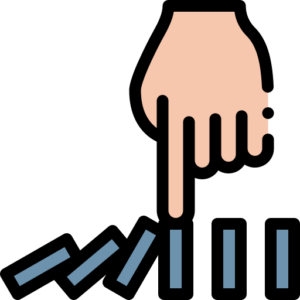
The challenge presented involves issues related to kindergarten readiness, specifically the alignment of prekindergarten standards with each state’s K-12 standards. Kindergarten readiness is a crucial factor influencing early literacy equity.
However, there may be obstacles in achieving this alignment, potentially leading to literacy inequity and inadequate preparation for kindergarten among young learners. This, of course, has ramifications for subsequent learning in kindergarten and the following early elementary grades.
How to Respond:
The suggested solution revolves around improving kindergarten readiness through data-driven measures and outreach efforts. The National Conference of State Legislatures recommends aligning prekindergarten standards with K-12 standards, and Sprig has created an evidence-based early literacy map for the US to assess this alignment. One of the questions addressed in each state profile is whether states connect birth to age 5 data with K-3 education.
To address literacy inequity at its root, collaborative efforts involving schools and the community to support parents. This assistance can take the form of providing knowledge or learning resources to enhance parental involvement, a significant indicator of early reading success.
By facilitating the connection between prekindergarten and K-12 standards and fostering community support, the goal is to improve kindergarten readiness and, consequently, advance early literacy equity.
Situation 8: Persistent Lack of Interest and Engagement from Students

The challenge at hand concerns fostering interest and engagement in literacy among young learners.
Progress toward literacy equity requires instilling a sense of curiosity and motivation in students, ensuring they actively participate in discussions about effective teaching approaches. If this is not the case, it is very difficult to teach them the foundational early learning concepts.
How to Respond:
To address this challenge, it is suggested to actively involve young learners in discussions about what is being taught. By incorporating their perspectives and interests into the learning process, educators aim to kindle a sense of excitement and engagement.
The What Works Clearinghouse supports this approach, emphasizing the significant association between motivating and engaging instruction and improved reading comprehension.
The proposed solution underscores the importance of explaining the purpose of each lesson and the utility of various comprehension strategies to students. This not only enhances their understanding but also cultivates a genuine interest in literacy.
By fostering a culture of literacy that aligns with students’ interests and motivations, educators seek to overcome the challenge of insufficient engagement, thereby contributing to the advancement of literacy equity among young learners.
Situations 7 & 8 taken from:
7 More Actions Schools Can Take Today to Increase Literacy Equity
Situation 9: Static Teaching Habits and Practices That Are Difficult to Change

The challenge here is regarding the effectiveness of school improvement plans in changing teaching practices.
According to a RAND Corporation survey, a significant percentage of teachers and principals express skepticism, with only 44% of teachers and 67% of principals believing that these plans lead to a transformation in teaching practices.
How to Respond:
Teachers must be involved in the strategic planning process, emphasizing the importance of collaboration. The lesson drawn is that for school improvement plans to be effective, they must incorporate the insights and perspectives of educators, making strategic planning a collaborative endeavour.
This collaborative approach aims to enhance the likelihood of meaningful change in teaching practice
Here are some trends observed in various educational settings that have successfully transformed teaching practices.
Reallocating Time Blocks Based on Need: Highlighted by Tennessee’s Haywood County Schools, reallocating time to focus on foundational skills led to a significant improvement in Grade 3 reading proficiency levels.
Aligning Intervention with Curriculum: Ethel I. Baker Elementary School in Sacramento City Unified School District demonstrated success by implementing daily structured literacy intervention classes, emphasizing a curriculum rich in phonological awareness, phonics, and sight words.
The lesson derived is that effective intervention strategies, aligned with curriculum goals, can positively impact reading proficiency.
By implementing these trends and lessons, educators aim to bridge the gap between school improvement plans and meaningful changes in teaching practices.
Situation 9 taken from:
Evidence Based Early Literacy Trends With Examples
Situation 10: Tug of War Between The Science and Art of Teaching

Holistic development plays a major role in the overall success of a child, particularly in the context of integrated reading instruction. The challenge is to strike the right balance between direct and systematic instruction in alphabet knowledge and phonics, while also providing ample opportunities for conversations and reading sessions.
How to Respond:
To address this challenge, Dr. Gina Cervetti emphasizes the need for an integrated approach to reading instruction in the early years, incorporating the critical elements of learning the written language code, including phonics and phonological awareness, alongside fostering enriching conversations to enhance students’ oral language and vocabulary.
She advocates for a holistic strategy that combines explicit and systematic teaching of alphabet knowledge and phonics with activities promoting enriching conversations and reading sessions. Solutions like Sprig Reading emphasize the interconnectedness of these components, ensuring a well-rounded development in early literacy.
The lesson derived is that holistic reading development involves a synergistic approach, where explicit and systematic instruction in foundational literacy skills coexists with activities that foster oral language development and vocabulary.
Situation 11. Weak Core Instruction Increasing Dependency on Specialized Resources, Incurring Time and Cost Constraints.

The challenge lies in avoiding the premature removal of students from the classroom, highlighting the significance of inclusive practices for students in grades PK–2. When students are swiftly pulled out for additional support, such as with literacy coaches, it results in increased costs and time constraints on these resources. This allocation might have been more effectively utilized for those students requiring more urgent assistance.
How to Respond:
To address this challenge, one tactic could be a co-teaching arrangement as a strategy to provide greater support. In this approach, a specialist teaching role is pushed into preschool and kindergarten classes to assist any students who need support. The emphasis is on push-in strategies, where professionals co-teach with homeroom teachers inside the classroom.
This approach aims to make early literacy recovery or acceleration efforts more serious and inclusive by involving both the homeroom teacher and specialist professionals in the classroom setting.
Another approach involves enhancing core instruction by continuously monitoring progress within the classroom, such as is the focus and success of Sprig Reading. This allows for the early and frequent identification of specific interventions within the classroom setting. By addressing challenges promptly, the need for students to be pulled out and work with a literacy specialist can be minimized, preventing issues from escalating over time.
By prioritizing the presence of both homeroom teachers and specialist professionals, schools aim to create an environment where every student can benefit from inclusive teaching practices, particularly in the context of early literacy recovery and acceleration efforts.
Situations 10 & 11 taken from:
5 Hidden Gems for Teaching Reading in Schools
Require Further Insights, Recommendations and/or Support?

While the solutions provided in this article offer valuable insights, they are not exhaustive or one-size-fits-all.
Every school’s situation is unique, and tailored solutions can be developed based on specific needs.
If you or your team are grappling with challenges outlined here, Sprig is here to help. Reach out to us for more in-depth information and customized support.
Credits
<a href=”https://www.flaticon.com/free-icons/student” title=”student icons”>Student icons created by Freepik – Flaticon</a>
<a href=”https://www.flaticon.com/free-icons/gap” title=”Gap icons”>Gap icons created by Freepik – Flaticon</a>
<a href=”https://www.flaticon.com/free-icons/budget” title=”budget icons”>Budget icons created by Freepik – Flaticon</a>
<a href=”https://www.flaticon.com/free-icons/teacher” title=”teacher icons”>Teacher icons created by monkik – Flaticon</a>
<a href=”https://www.flaticon.com/free-icons/mother” title=”mother icons”>Mother icons created by Freepik – Flaticon</a>
<a href=”https://www.flaticon.com/free-icons/school” title=”school icons”>School icons created by amonrat rungreangfangsai – Flaticon</a>
<a href=”https://www.flaticon.com/free-icons/domino-effect” title=”domino effect icons”>Domino effect icons created by Freepik – Flaticon</a>
<a href=”https://www.flaticon.com/free-icons/dont-care” title=”don’t care icons”>Don’t care icons created by Paul J. – Flaticon</a>
<a href=”https://www.flaticon.com/free-icons/ice-cubes” title=”ice cubes icons”>Ice cubes icons created by Freepik – Flaticon</a>
<a href=”https://www.flaticon.com/free-icons/mind” title=”mind icons”>Mind icons created by Freepik – Flaticon</a>
<a href=”https://www.flaticon.com/free-icons/isolation” title=”isolation icons”>Isolation icons created by Pixelmeetup – Flaticon</a>
